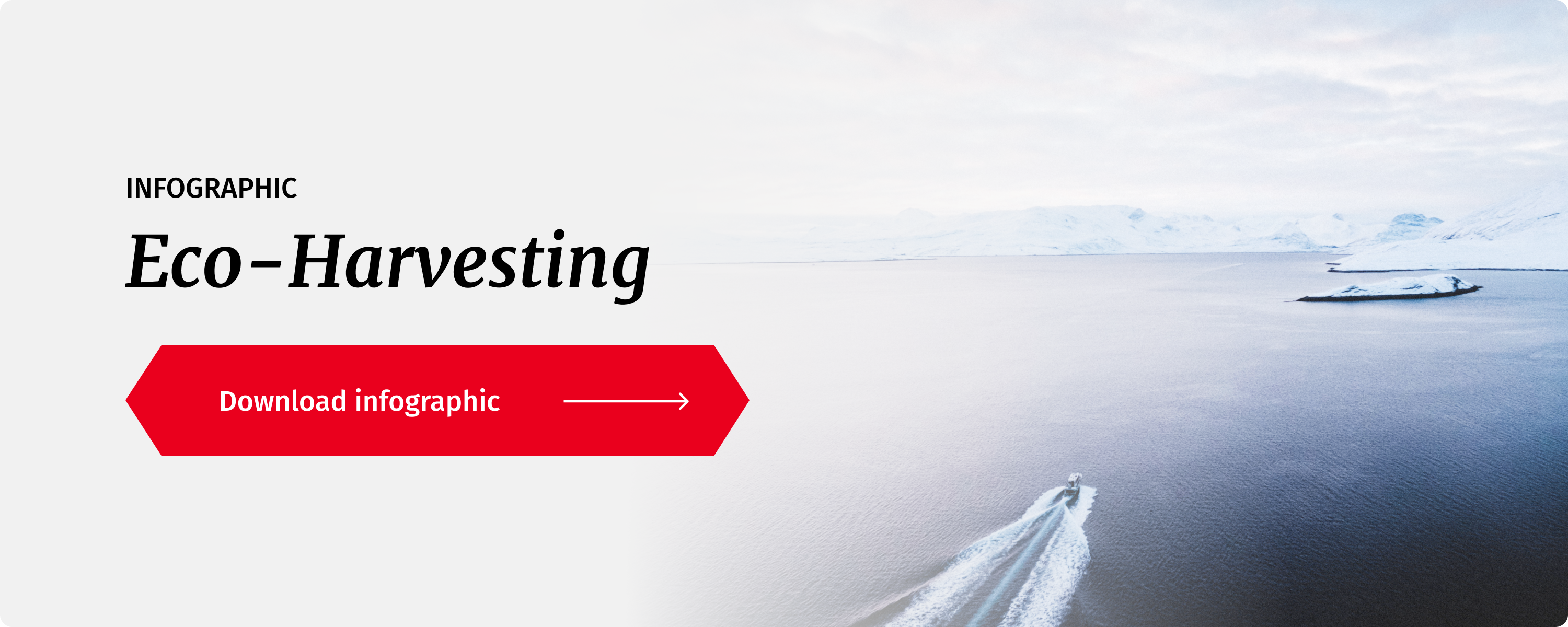Our CEO sat down with the folks at McKinsey to talk about some of the biggest challenges in the fishing industry and how innovation and technology can be part of the solution.
Read the original post HERE.
Aker BioMarine Antarctic is the world’s leading commercial supplier of krill—small crustaceans found in all the world’s oceans. Focusing on Antarctic waters, the company harvests, produces, and sells many krill-based products, including ingredients for nutraceutical, aquaculture, and animal-feed applications. With an emphasis on sustainability, Aker BioMarine has recently investigated drones, machine learning, and other technologies to improve operations. McKinsey’s Julien Claes and Elin Sandnes recently spoke with CEO Matts Johansen about the need for innovative technologies within fisheries.
McKinsey: What are the main challenges that fisheries face today?
Matts Johansen: Fisheries must advance their R&D, innovation, and technology if they want to get more value from the oceans. This is particularly essential to cope with climate change. Addressing that will require a twofold strategy. First, fishing operations must reduce their own footprint. But they also have to understand the impact from climate change on the fish stocks and the oceans. There’s also a talent issue. We need to get more scientists and biologists into the fishing industry.
McKinsey: Can you tell us about some of your recent machine-learning innovations?
Matts Johansen: We have captains who have been fishing krill for many years and have developed an elaborate process to find it during the season: they record the temperature of the water, they look at the historical catch from preceding years, they look at the currents.
We’re building a machine-learning model that will do the same thing, but it will be more refined. We are only testing it now; we’re not yet using it to make decisions. So far, the model produces pretty good correlations.
The model will learn as it gets more and more experience. We now spend about 10 percent of our time searching for krill. With this model, we expect that to be close to zero.
McKinsey: Your products are typically high end, with potentially 20 to 30 times the value of classical seafood. Do you think that fishing companies that focus on lower-value products could also use new technologies to decrease their carbon footprint?
Matts Johansen: Definitely. We have to look for sustainable solutions throughout our entire value chain. There is a lot we can do by looking at the vessels and the technology that can be utilized to reduce the carbon footprint. Recently, we built the first-ever krill-harvesting vessel from scratch that is designed to be energy efficient and equipped with a host of environmentally friendly technologies. The engineers and the crew put their heads together to build a vessel that is 30 percent more environmentally efficient compared to today’s trawlers.
McKinsey: What is needed to create technologies that encourage sustainability?
Matts Johansen: Data is an important element for getting more knowledge. Fisheries sometimes don’t have a good set of data to build models like ours. But I think they will get the data they need over the next few years. It will be driven by economy—the need to save fuel costs and drive efficiency—things like that. Once more and more fisheries start to create and build databases like ours and share them, as we do, that will increase the available data.
Right now, fishing companies use old-school methods to assess biomass of different species. You go out there with a net and catch in a grid in a certain area and see how much you get in the net. It’s very costly and takes a lot of resources. If we are able to build robust and proven data models, you get the information you need in real time. And then you can adjust regulations based on this information.
.jpg?width=6000&name=Matts_Johansen_(10).jpg)
McKinsey: Some companies see a potential advantage to sharing data with competitors, as you do, to get a more holistic view of specific fishing territories. Do you think such cooperation could help fisheries improve resource management?
Matts Johansen: I think actually openly sharing data among industry, regulatory, and science stakeholders is key to improving management. It also depends on what leading companies do. It’s easier to share and be open if you’re the leader, since you have more resources and you’re always going to be one step ahead. If you’re a challenger and you’re looking for new ways to compete with the establishment, sharing is much harder.
McKinsey: You mentioned that finding the right talent could be one of the barriers to adopting new fishing technologies. Do you see other potential barriers?
Matts Johansen: I’m all for big leaps in technology development, but that usually happens in big companies that have resources. I think larger organizations might help drive adoption of new technology. Having owners that take the long view and are willing to invest early in technology might also enable change.
You also need the right mix of talent. Take our organization as an example. We have a mix of hardcore fishermen who have been fishing their whole lives, and people with double PhDs that really understand the products. In addition, we have people who were formerly in the business sector. It’s key to develop organizations like that.
McKinsey: Do you develop new technologies in-house or purchase them?
Matts Johansen: We do both. For krill harvesting, there are no off-the-shelf solutions. We frequently work with partners to develop new technologies, especially for machine learning. We also worked with a partner on drone solutions.
McKinsey: Do you feel positive about the future of fisheries and the impact of technology?
Matts Johansen: Yes. I think that we will be able to develop solutions that build a more sustainable food system in which we use the ocean in a better way than what we’re doing today.

